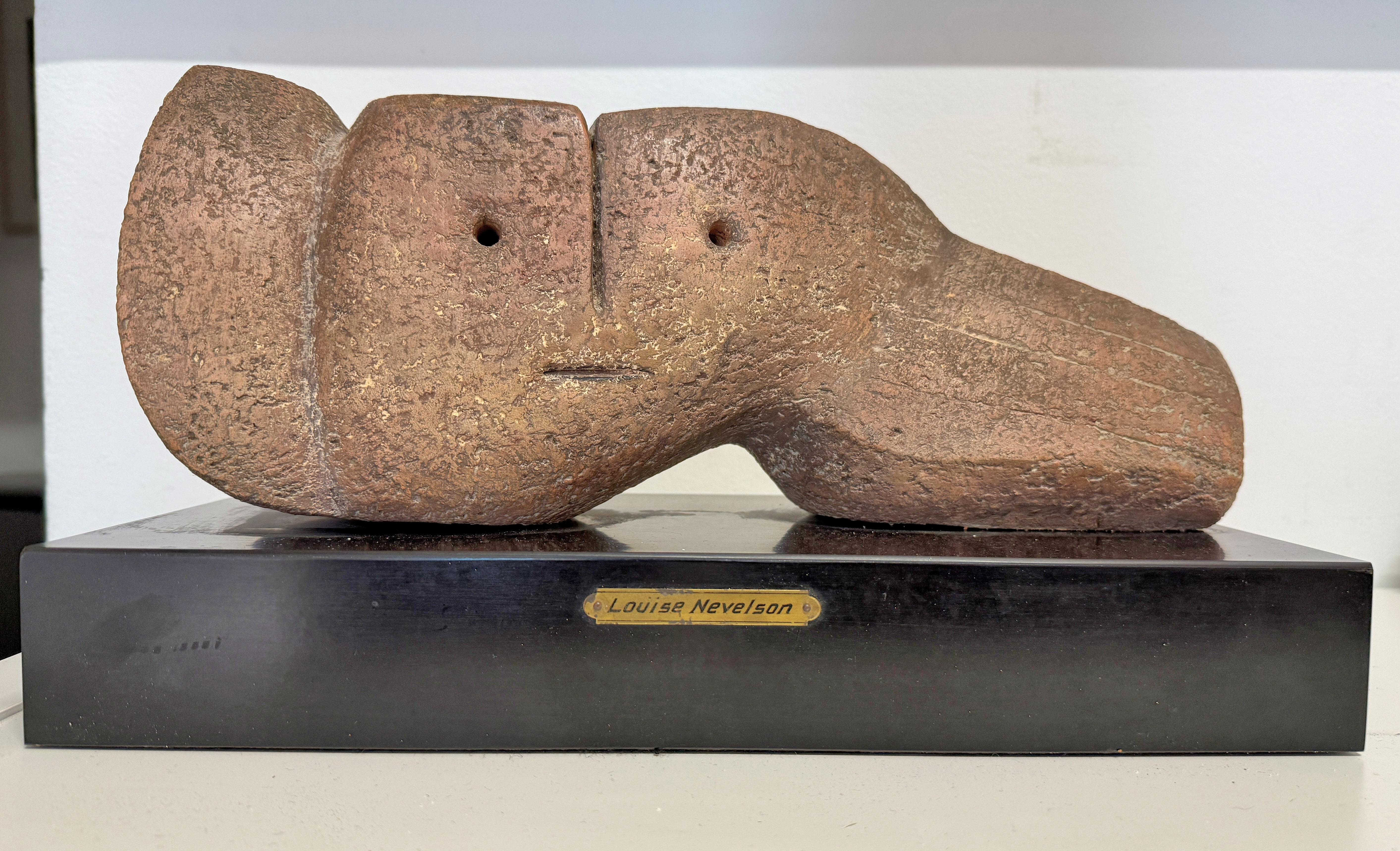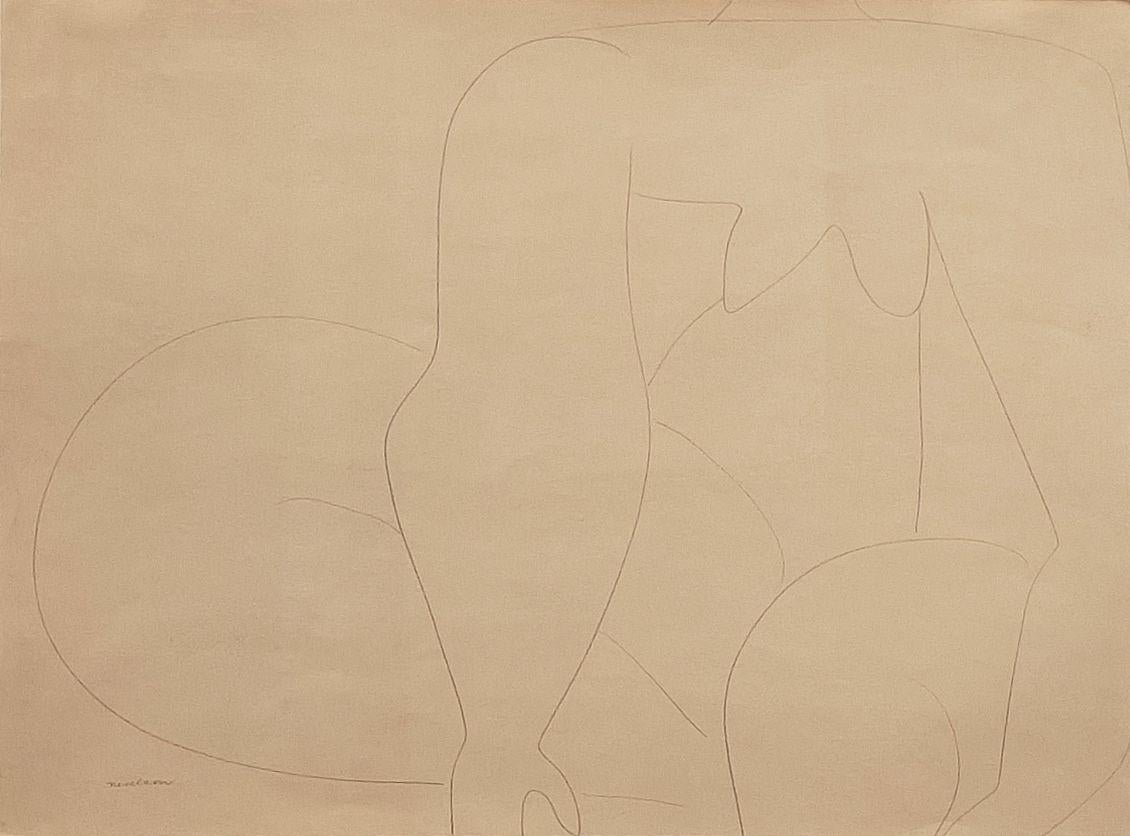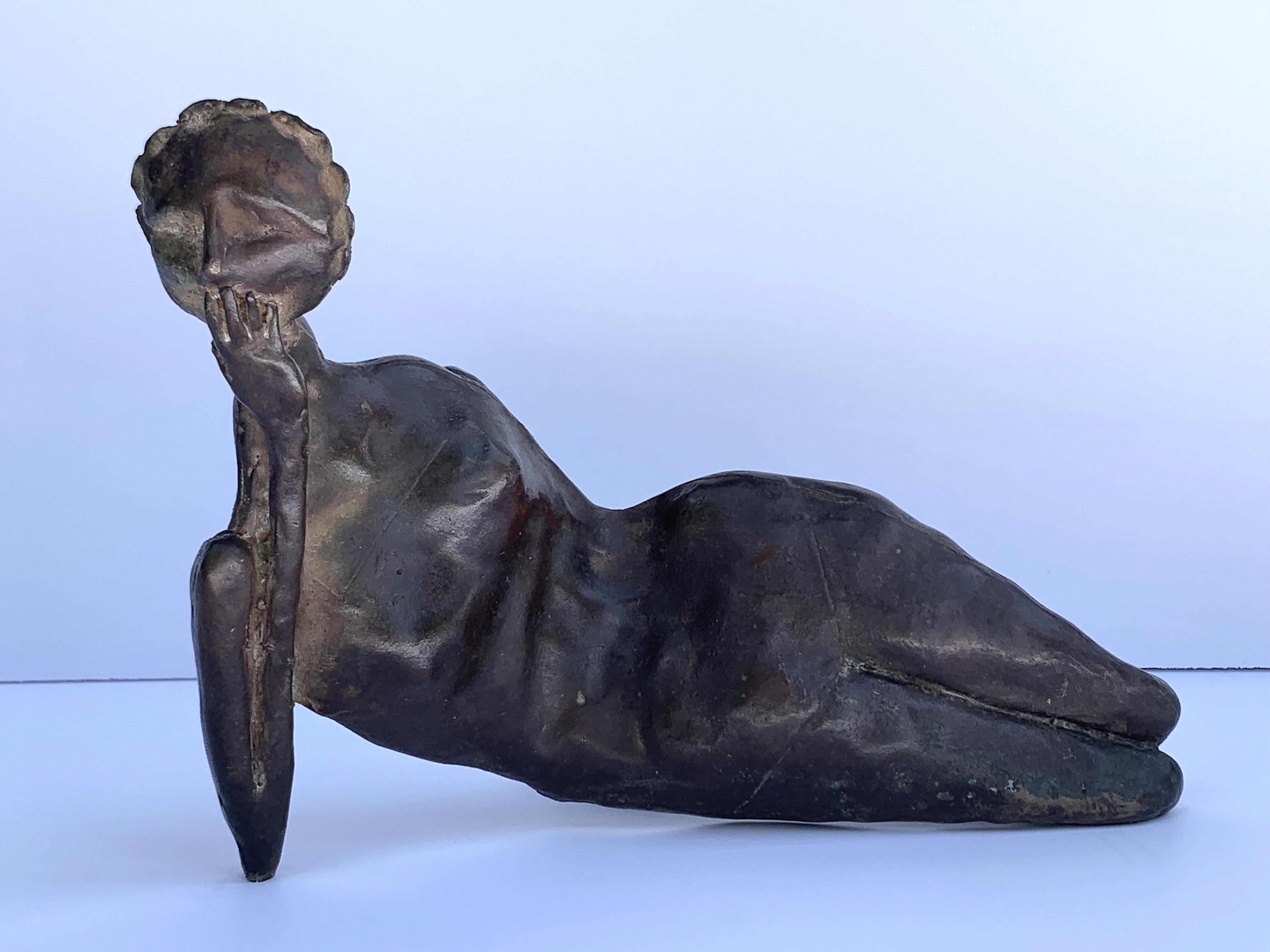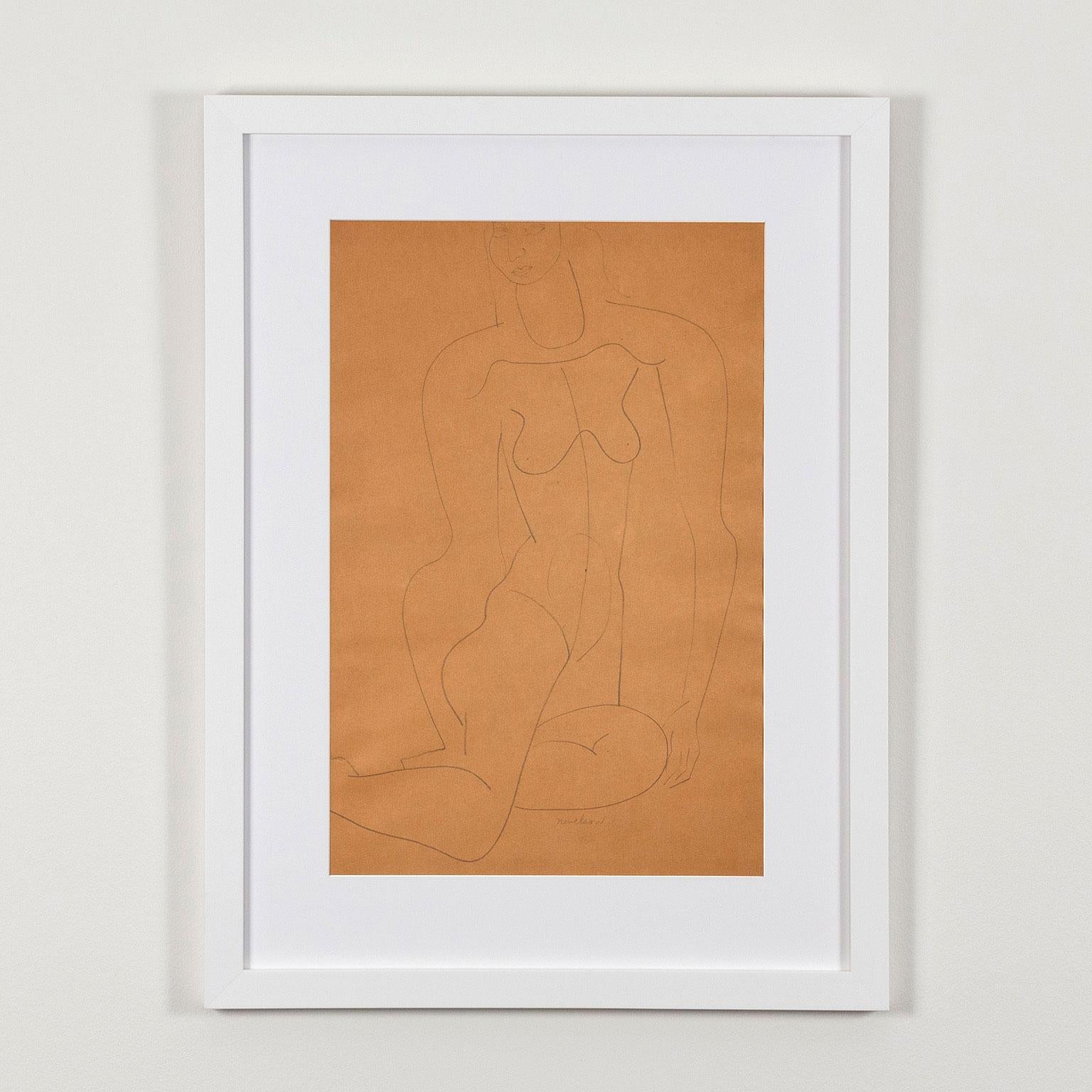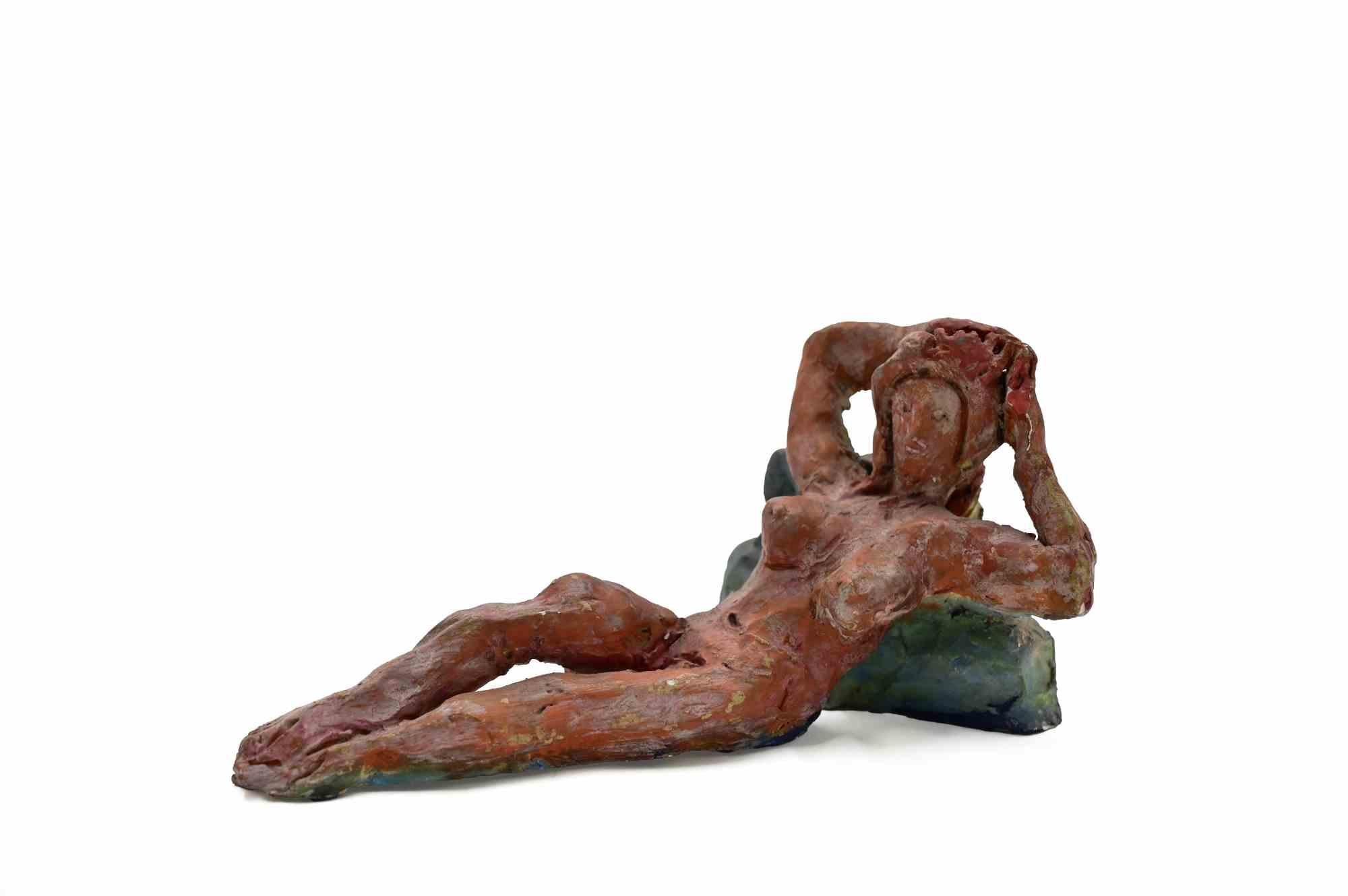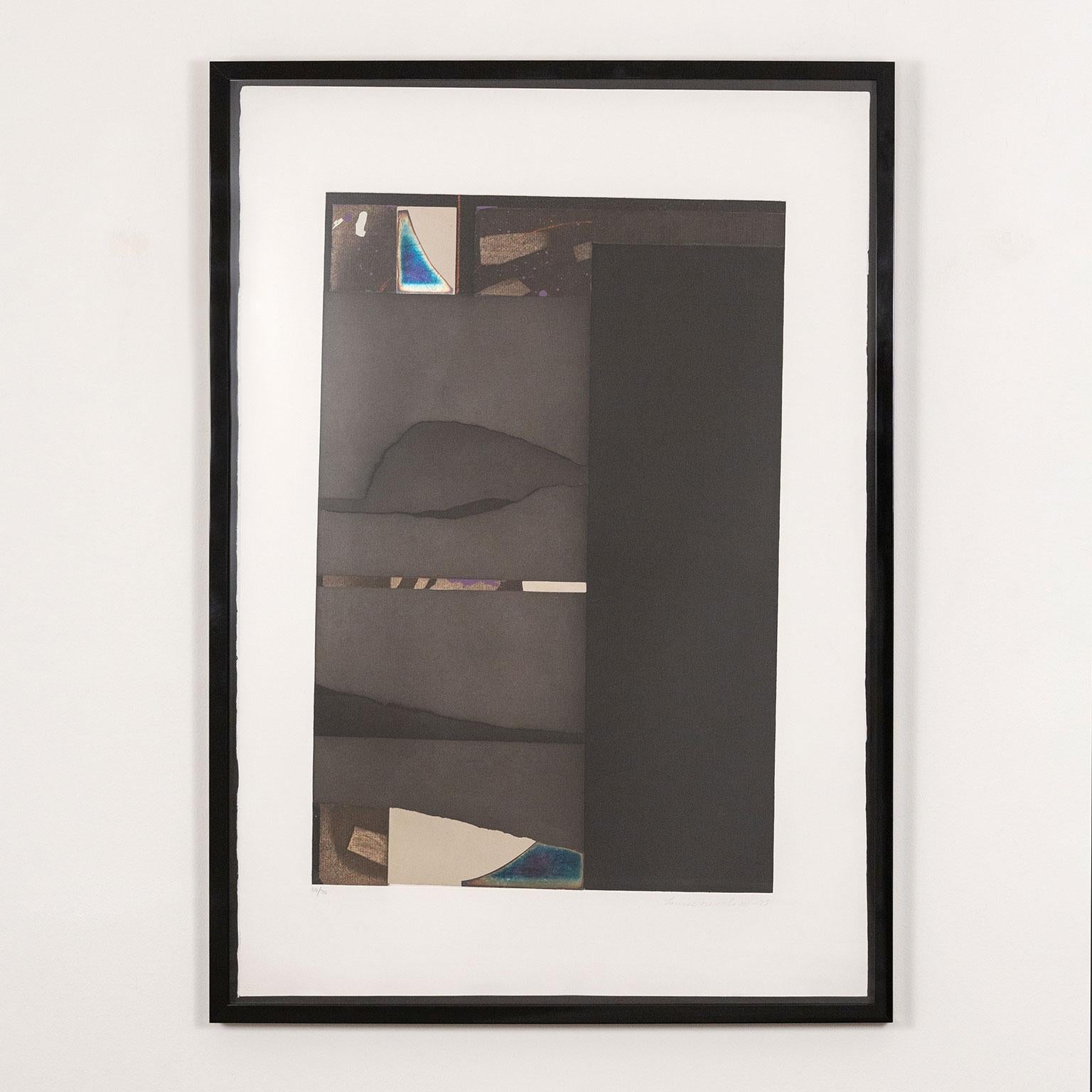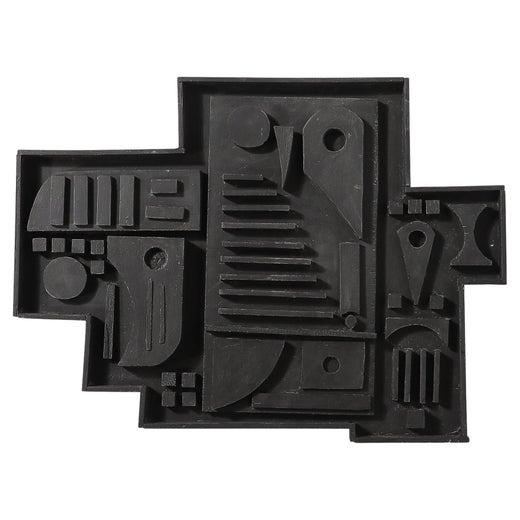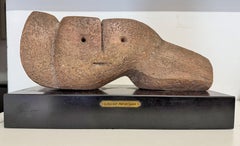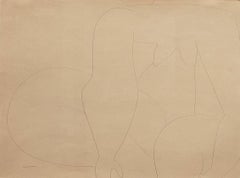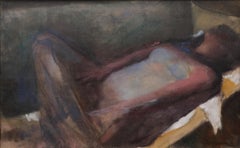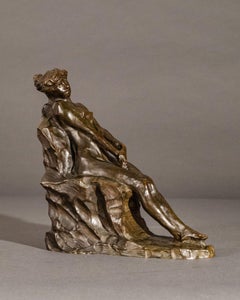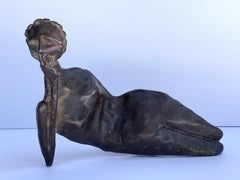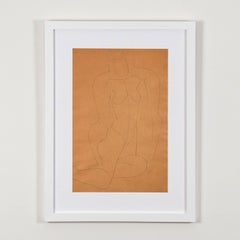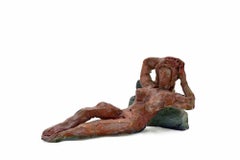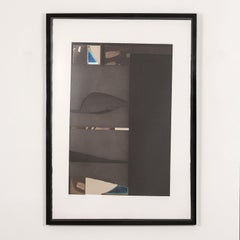Louise Nevelson"Reclining Figure" Louise Nevelson, Modernist, Human Form, Abstracted Bodycirca 1943
circa 1943
About the Item
- Creator:Louise Nevelson (1899 - 1988, American)
- Creation Year:circa 1943
- Dimensions:Height: 8 in (20.32 cm)Width: 21 in (53.34 cm)Depth: 8 in (20.32 cm)
- Medium:
- Movement & Style:
- Period:
- Condition:
- Gallery Location:New York, NY
- Reference Number:1stDibs: LU1841217118152
Louise Nevelson
Louise Nevelson was one of the leading American female sculptors of the 20th century, and she did it on her own terms. She was a pioneer of installation art and created large-scale monochromatic sculptures that are today known for their provocative, compartmentalized forms. While her assemblages involved a range of materials, she is best known for her wooden sculptures. Working in a single color was her signature, and all-encompassing color demanded an all-encompassing focus for this artist — she even kept separate studios for work in black, white and gold.
Nevelson was born in what is now Ukraine in 1899 and emigrated to the United States with her family in 1905. She moved to New York City as a young woman in 1920 to study at the Art Students League. In the 1930s, Nevelson traveled around Europe, came into contact with the works of Picasso, studied with Hans Hofmann and assisted Diego Rivera in New York City.
Nevelson had her first solo show in 1941 at the Nierendorf Gallery in New York. In the late 1940s, she studied with Stanley William Hayter and worked as a ceramicist in the workshop of revered furniture designer Vladimir Kagan, who let her take scraps from the factory to use in her sculptures. (As a child, Nevelson had also worked with discarded wood from her father's lumber yard.)
By the early 1950s, Nevelson had traveled to Guatemala and Mexico. She was inspired by pre-Columbian art and the totemic works of ancient cultures. Nevelson began creating the first of her iconic wood sculptures and later participated in the legendary “Sixteen Americans” exhibition at the Museum of Modern Art. Her work was acquired by prominent institutions in the years that followed.
Nevelson made reliefs in shadow boxes and was for a time affiliated with New York City’s Sidney Janis Gallery as its first female Abstract Expressionist artist (her work was abstract but she also drew on the Cubist and Constructivist movements). In the early 1960s, Nevelson showed her art in Chicago, Manhattan, Paris and West Germany. It was around this time that she exhibited at Pace Gallery in Boston and New York. The gallery represented her for the duration of her career.
Nevelson died in 1988, but her legacy is immense. Her work is held in virtually every major American art museum, including the Museum of Modern Art, the Metropolitan Museum of Art, the Los Angeles County Museum of Art and the National Gallery of Art. Her permanent large-scale public sculptures are installed all over the country, including in Louise Nevelson Plaza in New York City's Financial District.
On 1stDibs, find original Louise Nevelson sculptures, prints and drawings.
- ShippingRetrieving quote...Shipping from: New York, NY
- Return Policy
More From This Seller
View All1940s American Modern Abstract Sculptures
Cast Stone
1930s American Modern Figurative Drawings and Watercolors
Paper, Pencil
1920s American Modern Figurative Paintings
Canvas, Oil
1890s Realist Figurative Sculptures
Bronze
1920s Art Deco Figurative Sculptures
Bronze
1960s Abstract Expressionist Abstract Sculptures
Mixed Media
You May Also Like
Mid-20th Century Abstract Abstract Sculptures
Bronze
1930s Modern Nude Drawings and Watercolors
Pencil
1960s Modern Figurative Sculptures
Terracotta
1970s Abstract Expressionist Prints and Multiples
Etching, Aquatint
20th Century Modern Abstract Sculptures
Marble, Bronze
2010s Contemporary Figurative Sculptures
Bronze
